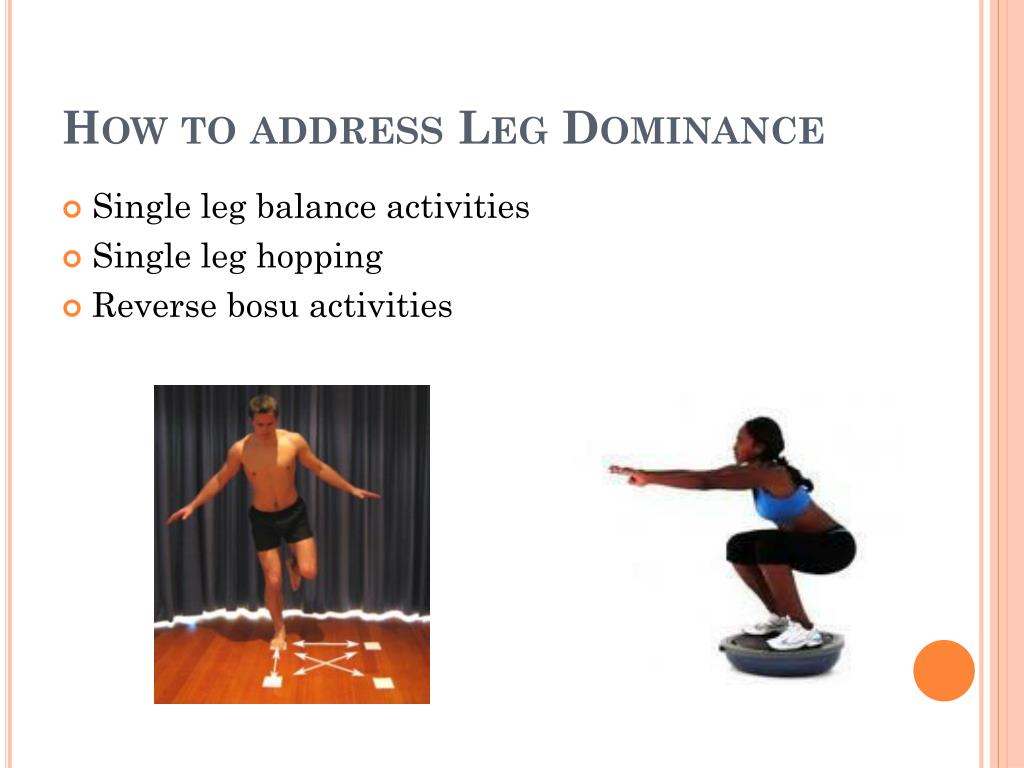

Use a weighted vest if you can, or hold a light dumbbell in each hand, then perform the exercise as normal. That’s the first thing to say, because you don’t want your body shape to be pulled out of position mid-jump. Weighted box jumpĭon’t use a lot of weight. When you’re sitting facing the box for the first time this will feel like a very bizarre thing to attempt, but once you’re over the mental hurdle of your first jump you’ll quickly get a feel for it. Sit down on the bench and swing your arms back behind you, then bring them through and jump onto the box. Set up a bench next to your box – we recommend starting with a box that’s the same height as the bench until you get used to the exercise. If you’re doing box jumps to build your explosiveness, consider adding this variation to your schedule, because starting from a seated position removes the benefit of the momentum and power generated by squatting before the leap. If your pulse wasn’t going like a jackhammer before, it definitely will be after this. Reverse the move to standing and prepare for another box jump. Jump your feet back and drop your chest to the floor. Once you’ve stepped off the box, drop into a squat, placing your hands on the floor outside of your feet. Because you’re dramatically upping the demands of the move, choose a lower box than usual – your legs are going to tire out quickly. Box jump burpeeįor those who really want to turn this plyo move – or any exercise – into something that belongs in a house of pain, add a burpee. Don’t get too cocky with the size of your box when doing this variation, especially when you first try it, because it’s easy to go too far forwards with the second jump and rattle your shins on the way up. This is a more challenging version of the box jump and it can be made even harder by starting further away from the box so you have to take a longer first jump. Jump forwards once to get closer to the box and then go immediately into another jump up onto the box. The rotation movement makes this an excellent exercise for anyone who does sports involving twists and turns of the torso, and it’s especially good for golfers looking for extra power in their swing. Do all your reps facing one way, then turn to face the opposite direction and do your turning box jumps from that side.

Leap up and turn to face the box as you go, landing on both feet. Rotational box jumpīox jumps with a twist, literally. The one-legged version is especially good when training for sports involving running, or indeed just running – because unless you’re doing it wrong, you don’t land on two legs when running. You can take off and land on one leg, or just land on both if it’s proving too tough.

Halve the number of legs involved in the exercise and the box jump becomes a whole lot tougher.
#Tuck jumps vs box jumps how to

To use box jumps for conditioning lower the height of the box. To build power with box jumps aim for one to three sets of three to five reps, using as high a box as you can jump on without sacrificing good form. You can also opt to step down slowly one leg at a time, which will work the glutes even more and safeguard your joints. Again, you’re aiming to land as softly as possible. If you land in a deep squat rather than a quarter squat, it’s a sign that you’ve picked too high a box. You’re aiming to mimic your take-off position on landing – feet flat and knees slightly bent (don’t let them collapse inwards). Bend into a quarter squat and swing your arms back, then swing them forward and explode up off the ground. Stand in front of the box with your feet shoulder-width apart. Smashing your shins into the top of the box because you’ve aimed too high is no-one’s idea of fun. Start with a height of around 50cm while you work on getting the form right.


 0 kommentar(er)
0 kommentar(er)
